Migratory Bird Day: Remember the Arctic!
This weekend, bird and nature-lovers around the world will be marking “World Migratory Bird Day“. This is a relatively new annual event in the global calendar of “special days”. It has only been celebrated since 2006. You may well be sceptical about the value of yet another day of “xyz”, quite simply because of the sheer number of them. This one was the brainchild of, amongst others, Bert Lenten, who is currently deputy-head of CMS, the Convention on Migratory Species. I have interviewed him on bird-related issues a few times in recent years. CMS, which is part of UNEP, has its headquarters here in Bonn, close to my Deutsche Welle office. The CMS agreement is also known as the Bonn Convention.
When I talked to Bert this week, he told me the idea of having a World Migratory Bird Day came up when bird flu first hit Europe in 2005. There was such a lot of panic and so many negative reactions to migratory birds, wrongly suspected of being a main cause of the outbreak, that Bert and some colleagues had the idea of reminding people once a year that birds are actually something positive.
Migratory birds, from large albatrosses, storks or geese to smaller terns, swallows or tiny sanderlings cover huge distances between their winter quarters and their breeding grounds every year. The Arctic is home to thousands of them every summer, when they fly up to breed. The Arctic tern is actually thought to hold the record for long-distance migration, flying between the Antarctic and the Arctic. I remember being attacked several times on Svalbard in spring when I advertently got too close to some of their nesting sites. No harm done, I hasten to add. I enjoyed watching their antics.
Now, with climate change affecting the Arctic much more drastically than the rest of the world, birds are finding conditions very different from they used to be. Ferdinand Spina is head of Science at Italy’s National Institute for Wildlife Protection and Research ISPRA, in Bologna, Italy. He is also in charge of the Italian bird ringing centre, and currently also Chair of the Scientific Council of CMS. I talked to him last week and he stressed that climate change is becoming one of the greatest threats to migratory birds. The Arctic is one of the most obvious illustrations.
“Birds are a very important component of wildlife in the Arctic. There are different species breeding in the Arctic. The Arctic is subject to huge risks due to global warming. It is crucially important that we conserve such a unique ecosystem in the world. Birds have adapted to living in the Arctic over millions of years of evolution, and it’s a unique physiological and feeding adaptation. And it is our duty to conserve the Arctic as one of the few if not the only ecosystems which is still relatively intact in the world. This is a major duty we have from all possible perspectives, including an ethical and moral duty, ” he says.
I couldn’t agree more, Fernando. We talked about the seasonal mismatch, when birds arrive too early or too late to find the insects they expect to encounter and need to feed their young. When I visited Zackenberg station in eastern Greenland in 2009, Lars Holst Hansen, the deputy station leader, told me the long-tailed skuas were not breeding because they rely on lemmings as prey. The lemmings were scarce because of changes in the snow cover.
Lars Holst Hansen is back in Zackenberg right now. He also takes some great wildlife photos, so I am happy to recommend a look at his site.
Jeroen Reneerkens is another regular visitor to Zackenberg, as he tracks the migration of Sanderlings between Africa and Greenland. A great project and an informative website!
Morten Rasch from the Arctic Environment Dept of Aarhus University in Denmark is the coordinator of one of the most ambitious ecological monitoring programmes in the Arctic. The Greenland Environment Monitoring Programme includes 2 stations, Zackenberg, which is in the High Arctic region and Nuuk, Greenland’s capital, in the “Lower” Arctic. Hansen and other members of Rasch’s teams monitor 3,500 different parameters in a cross-disciplinary project, combining biology, geology, glaciology, all aspects of research into the fragile eco-systems of the Arctic. At that time, he told me during an interview, ten years of monitoring had already come up with worrying results:
“We have experienced that temperature is increasing, we have experienced an increasing amount of extreme flooding events in the river, we have experienced that phenology of different species at the start-up of their growing season or the appearance of different insects for instance now comes at least 14 days earlier than when we started. And for some species, even one month earlier. And that’s a lot. You have to realise the entire growing season in these areas is only 3 months. When we start up at Zackenberg in late May, or the beginning of June, the ecosystem is completely covered in snow and more or less frozen, and when we leave, in normal years – or BEFORE climate change took over – then we left around 1st September and the ecosystem actually started to freeze up. So the entire biological ecosystem only has 3 months to reproduce and so on. And in relation to that, a movement in the start of the system between 14 days and one month – that’s a lot.”
I can’t write about birds and climate change in the Arctic without mentioning George Divoky, an ornithologist whose bird-monitoring has actually turned into climate-change monitoring on Cooper Island, off the coast of Barrow, Alaska. George looks after a colony of Black Guillemots and spends his summer on the island. In recent years, he has taken to putting up bear-proof nest boxes for the birds, because polar bears increasingly come to visit, as the melting of the sea ice has reduced their hunting options. He has also observed the presence of new types of birds which die not previously come this far north. His website is well worth following.
So, friends of the Arctic. Spare a thought for our feathered friends this weekend. They pollinate plants, control pests and insect populations – and give us that happy feeling of springtime we are enjoying in Bonn this weekend. I am reminded of a young “climate ambassador” in Alaska, flabbergasted to see that the glaciers we had come to observe were no longer visible from the Visitors’ Centre built for that purpose just a few years before. “Everything’s connected”, was his simple statement. Presumably that is why he has spent so much time developing low-carbon solutions for companies around the globe.
Russia helps China drill deeper into the Arctic
When the new Chinese President Xi Jinping visited Russia as his first official foreign destination last week, one of the agreements signed on the sidelines was a deal between the Chinese National Petroleum Corporation (CNPC) and Russia’s oil company Rosneft, which paves the way for more exploration in the Arctic. The BarentsObserver says the cooperation makes the Chinese concern Rosneft’s third foreign partner in the Barents Sea. The area in question is located to the west of the archipelago of Novaya Zemlya and to the northeast of Gazprom’s Shtokman field. The BarentsObserver says the most likely option is that CNCP will get a 33 percent stake in a joint venture and bear all costs for initial exploration and drilling. The area is one of the least explored areas on the Russian continental shelf. The hydrocarbon potential is believed to be considerable.
![]() read more
read more
Mining fears decide Greenland vote
Interesting times for the “ice island“. The Greenlanders have voted for a change of government amidst concern that the incumbent government was opening the country too fast to foreign mining companies.
Alequa Hammond’s Siumit party won 42 percent of the votes, up from 26.5 percent. Kuupik Kleists’ Inuit Ataquatigiit took 34.4 percent compared to 43.7 last time. Hammond, who would be the first woman prime minister of Greenland if she successfully forms a coalition with a smaller party, campaigned on a pledge to tax foreign mining companies.
Climate change is opening up opportunities for the mining of rare earth and other raw materials in Greenland, as well as oil and gas exploration. I visited the island in 2009 to report on the effects of climate change. At that time, I could already sense the dichotomy between the desire to gain revenue from mining to fund ultimate independence from Denmark on the one hand, and concern that the changing climate was making traditional Inuit lifestyles more difficult and potentially opening the way for environmentally harmful commercial activities on the other.
Hammond, an Inuit woman who was educated in Montreal before returning to Greenland and working in tourism, told the online edition of the weekly newspaper Sermitsiaq “Too much secrecy surrounding mining projects and problems in the fishery sector, as well as a lack of construction outside Nuuk (the capital), determined the outcome”. There had been a lot of concern about proposals being discussed for a company to bring 2,000 Chinese workers to the island, with a population of just 57,000, to set up a mining venture. China is becoming increasingly interested in Greenland and the Arctic as a whole, both because of its rich mineral resources and the opening of faster shipping routes between Asia and Europe and North America.
It remains to be seen to what extent protecting the environment will have priority over economic considerations as Greenland develops further.
The Arctic Council will be meeting in Kiruna, Sweden in May, the last meeting before Canada takes over the chair. China’s application for observer status will be on the agenda. Hammond says she could support the application but would take a more critical look at Chinese investments.
Interesting times ahead. Watch this space. Related stories to catch up with:
Polar ice sheets melting faster than ever
Business opportunities boom in the Arctic
Sea levels rising faster than expected
China’s Arctic ambitions spark concern
Scientists raise Greenland climate threat
UNEP concerned about Arctic melt
The UN Environment Programme (UNEP) has issued a warning that last year’s record shrinkage of the Arctic sea ice highlights the risks climate change brings for the planet. The annual review of the state of the world’s environment was presented in Nairobi this week during an ongoing high-level ministerial meeting.
UNEP said the summer sea ice in the Arctic had covered a record low area of 3.4 million square kilometers, 18 percent below the previous recorded minimum in 2007 and 50 percent below the average for the 19802 and 1990s. The report also mentions melting land ice in Greenland and melting permafrost in high latitudes. The figures are not new, but it is significant that UNEP should highlight the Arctic and the fact that no action is being taken in reaction to the evidence which clearly shows climate-change-induced melting.
“Changing environmental conditions in the Arctic, often considered a bellwether for global climate change, have been an issue of concern for some time, but as of yet this awareness has not translated into urgent action”, UNEP Executive Director Achim Steiner said presenting the report on Monday. He warned that the rush to extract oil and gas from the Arctic seabed as the ice retreats could lead to even higher emissions of greenhouse gases.
“What we are seeing is that the melting of ice is prompting a rush for exactly the fossil-fuel resources that fuelled the melt in the first place”, said Steiner.
Now this is a sentiment Greenpeace, WWF Arctic and other groups have been expressing for years. Here we have it from the world’s key environment watchdog.
“The rush to exploit these vast untapped reserves has consequences that must be carefully thought through by countries everywhere, given the global impacts and issues at stake”.
Meanwhile, this week, Russian President Vladimir Putin signed the country’s “strategic program on Arctic development up to 2020. Enough said?
For anyone who wants to catch up on the Arctic development story, here are a few links.
Polar ice sheets melting faster than ever
Business opportunities boom in the Arctic
Sea levels rising faster than expected
China’s Arctic ambitions spark concern
Energy giants cooperate for Arctic resources
Is wildfire smoke helping to melt the Greenland ice sheet?
I have come across an interesting story from the University of Ohio State saying satellite observations have revealed the first direct evidence that smoke from wildfires in other parts of the Arctic is drifting over the Greenland ice sheet, polluting it with soot which makes it more likely to melt in the sun.
![]() read more
read more




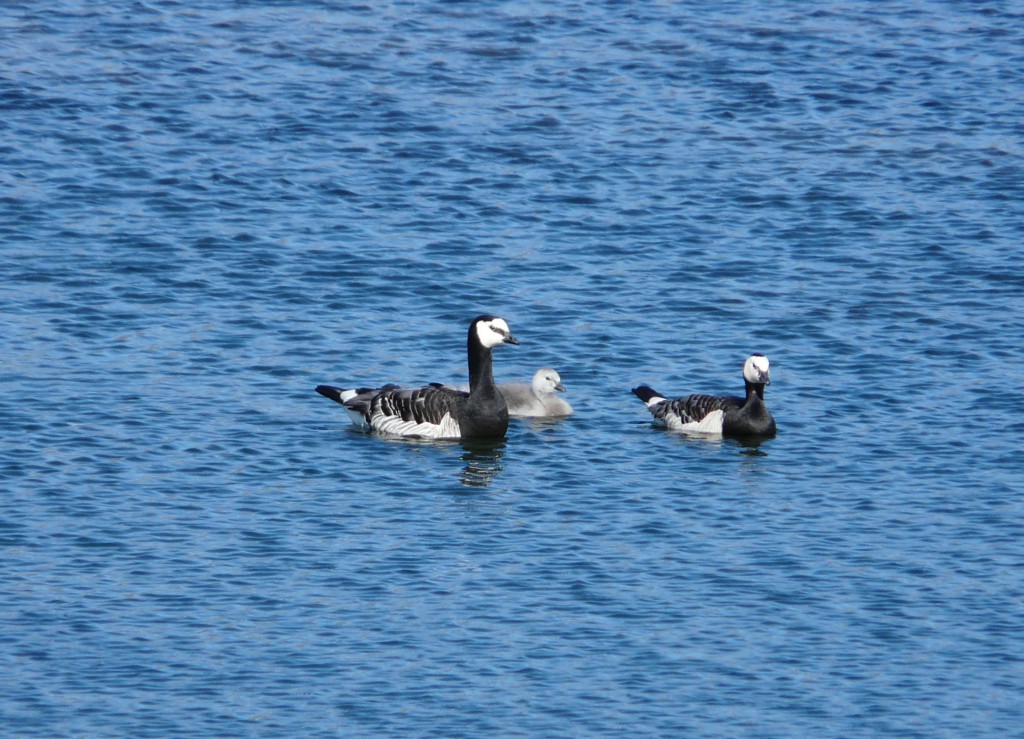



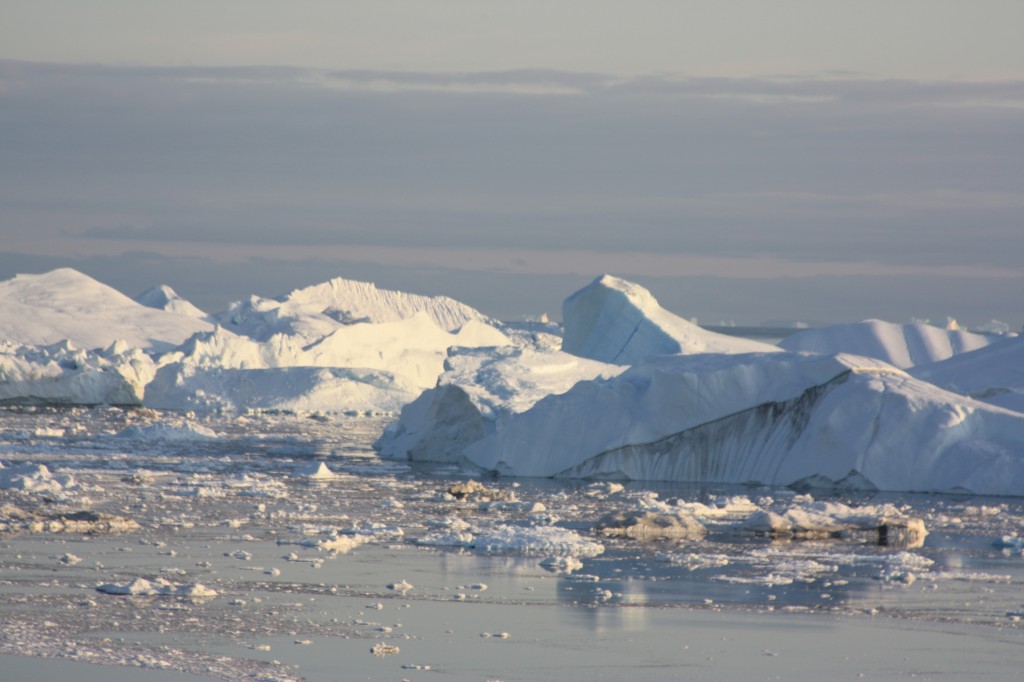
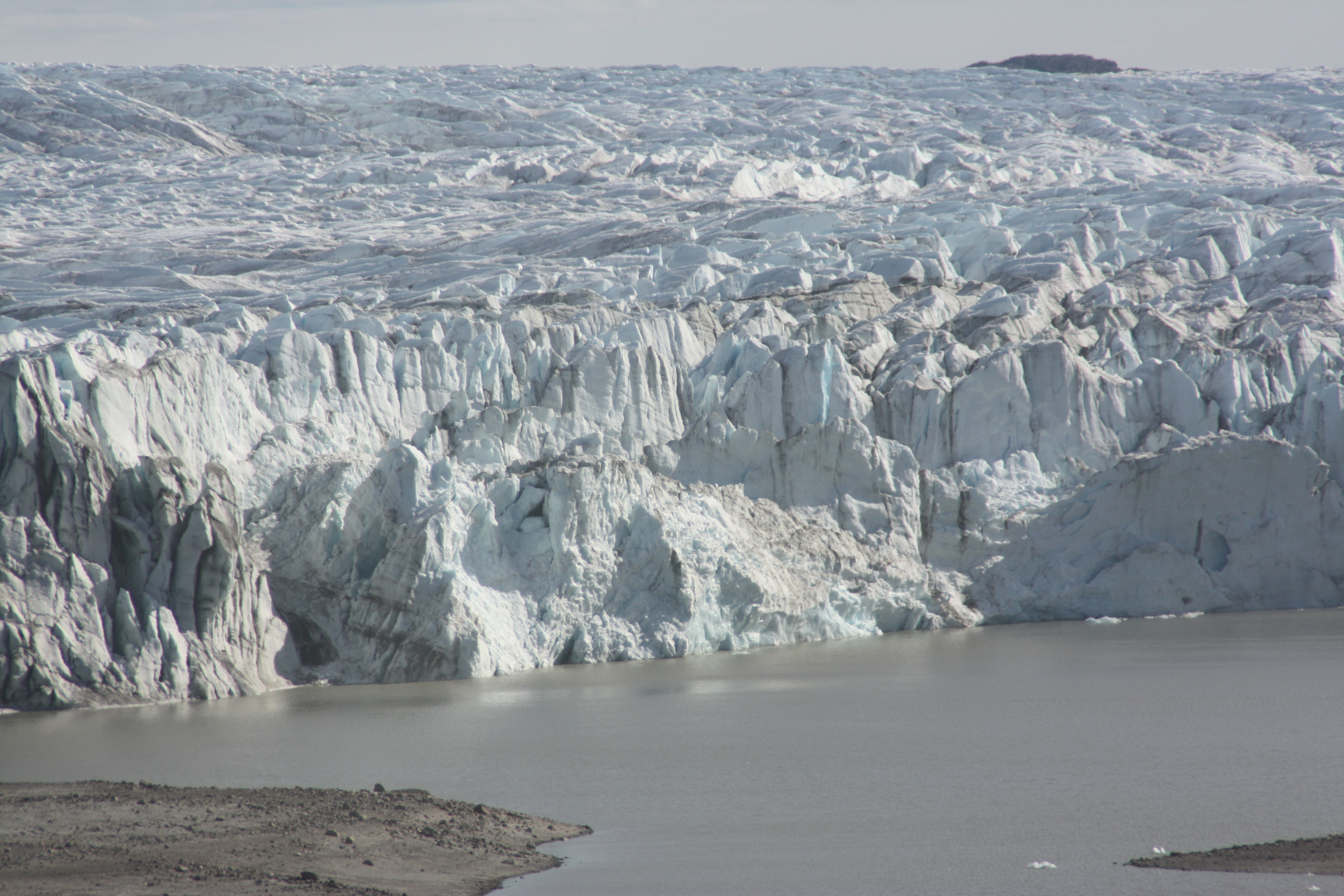
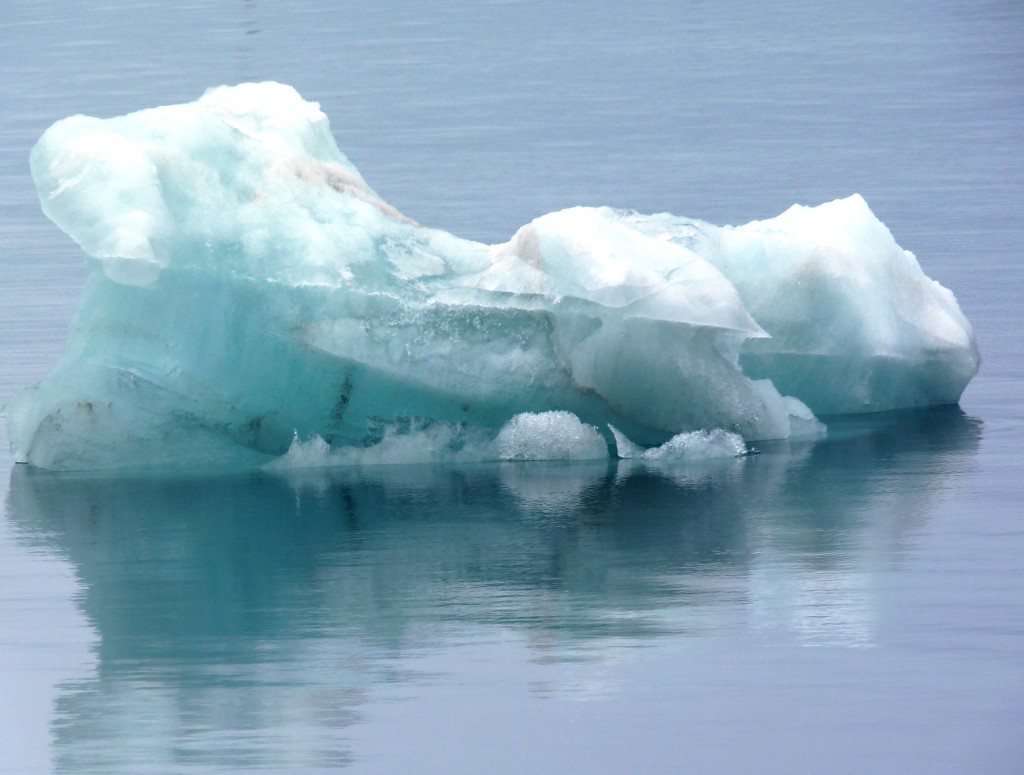
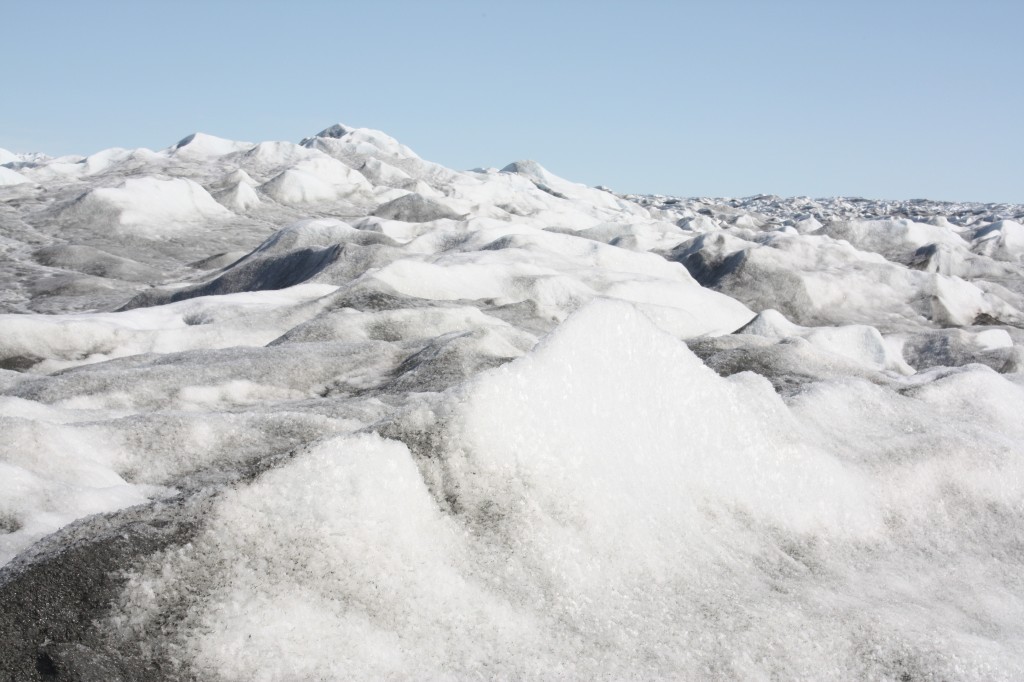
















Feedback